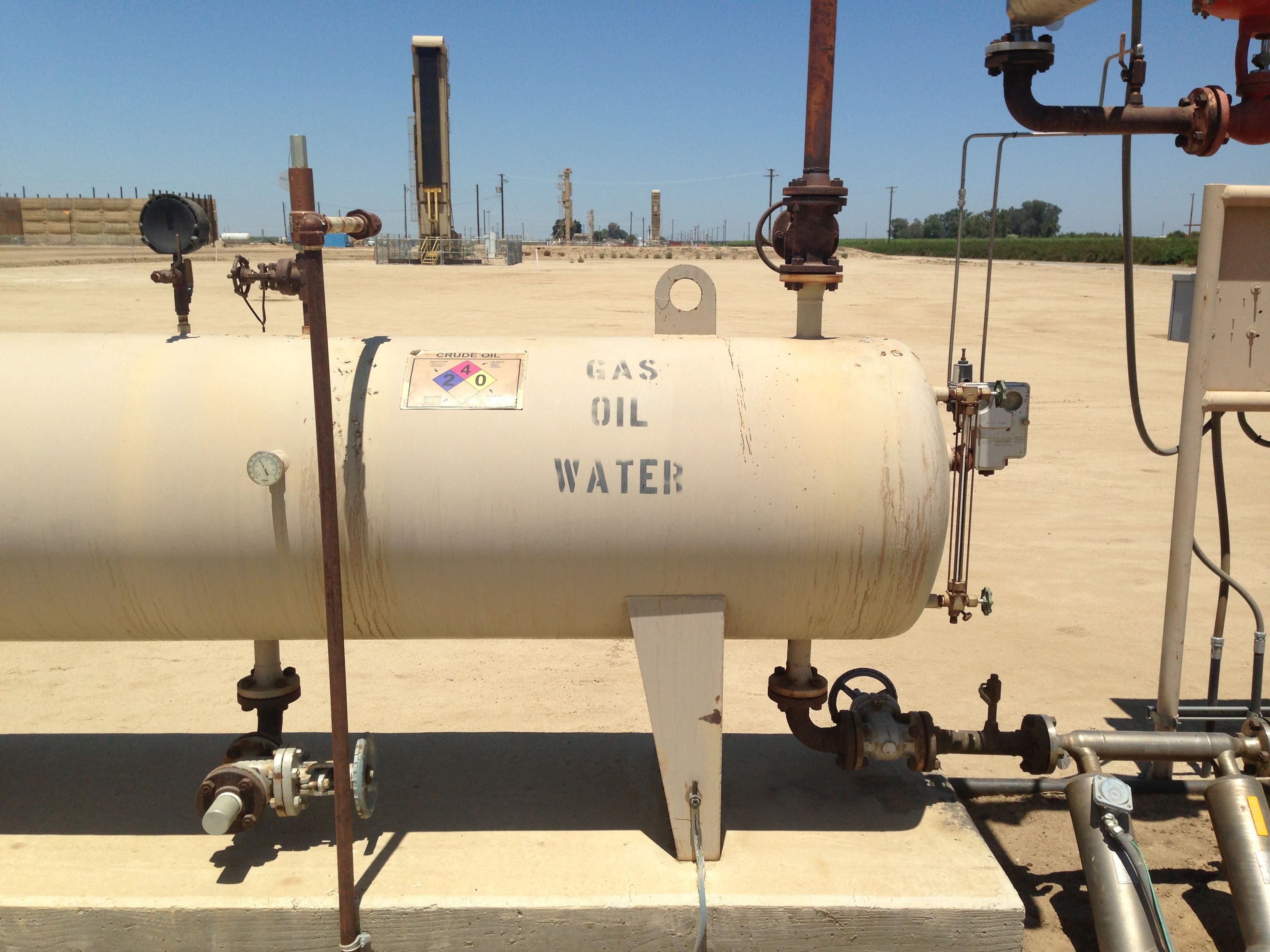
To stave off the worst effects of the climate crisis, the global and U.S. economies need to decarbonize as fast as possible. Capturing carbon emissions from industrial sources and pulling carbon out of the air via direct air capture are technologies we will likely need in our toolbox if we are to achieve net zero or negative greenhouse gas emissions.
The problem is that the only existing market for captured carbon is enhanced oil recovery (CO2-EOR ). Enhanced recovery is a commonly used form of oil production that involves injecting fluids underground to make oil and gas flow to the surface. CO2-EOR, as the name suggests, utilizes carbon dioxide as the primary injection fluid.This means scaling up carbon capture (at least right now) relies on producing more oil. Could the oil industry, by deploying CO2-EOR, actually be part of the solution to climate change? (Make sure to read this excellent rundown by Vox’s Dave Roberts exploring this very question.)
This approach to scaling up carbon capture is not a benign one. More CO2-EOR could mean a LOT more oil production. Some parts of the industry view CO2-EOR as the key to extending the life of oil fields for decades, enabling the production of billions of barrels of otherwise inaccessible oil. This should call into question any climate benefits oil industry boosters try to claim.
But putting aside the climate question, what does more CO2-EOR mean for our water? It’s a relevant question that is often left out of the debate around carbon capture, utilization and storage (CCUS). And as is the case with all oil production, drinking water impacts and wastewater disposal challenges raise serious concerns about ramping up CO2-EOR.
More wastewater
More oil production means more wastewater, which will be piped, trucked, spilled, injected, and dumped - all of which threaten water quality. The most common form of CO2-EOR (water alternating gas injection) is especially water intensive, requiring the injection of an average of roughly 13 barrels of water for every barrel of oil produced. This process creates huge volumes of wastewater and many related problems. From our years of work on oil and gas wastewater issues in Pennsylvania, California, Texas, and across the country, we know that wastewater challenges follow oil and gas production, everywhere. State agencies aren’t up to the task of effective oversight, and the industry will seek the cheapest disposal options, regardless of threats to water and health. In states where oil production is expanding, operators are seeking the ability to discharge into rivers and streams despite the fact that oil and gas wastewater is chock full of harmful chemicals, including some that we can’t even detect or treat. With the Trump Administration’s attacks on the Clean Water Act in full effect, this means more of that wastewater will end up in our rivers, streams and wetlands. Read our recent report on how the implementation of the Clean Water Act already fails to ensure protection of waters from oil and gas wastewater.
More chemicals
More injection and oil production means more chemicals - both the additives, and the naturally occurring chemicals that come to the surface with oil and gas. From routine well drilling and maintenance activities, to well stimulation and injection products, the use of environmentally harmful chemicals in oil operations is common. The dangerous chemicals used for hydraulic fracturing are also used in conventional and EOR wells. And emerging CO2-EOR techniques may come to rely on PFAS chemicals, also known as “forever chemicals” for their long lasting and harmful health and environmental impacts. Research is ongoing for chemicals in this class to be used to improve CO2-EOR productivity by acting as a CO2 thickener. At a moment when we are trying to get a handle on PFAS/PFOA in the environment and drinking water, enabling the oil industry to launch an expansion of their use would be reckless.
Threats to groundwater
CO2-EOR, along with other forms of enhanced recovery like waterflooding and steamflooding are the only forms of oil production regulated federally by the Safe Drinking Water Act’s Underground Injection Control (UIC) program. That’s because they put groundwater at risk, through the injection of fluids into the subsurface, potential for well failures and blowouts, and the huge volume of contaminated fluids that must be managed. But despite federal regulation, we’ve uncovered that implementation has been lackluster in several states and by EPA. Congress has not raised EPA’s budget to oversee injection wells in years, and state programs have struggled to effectively regulate the industry. Rapidly scaling up EOR activities without first fixing the UIC program could be a recipe for disaster for groundwater.
There are a lot of reasons to be skeptical of CO2-EOR. And the threats to water quality rise to the top for us. What we’ve learned from more than a century of oil production in this country is that it’s an industry that will pollute water, air and communities. Just because one of their activities may be part of a climate solution doesn’t mean they’ll stop polluting.
After last year’s successful legislative effort to increase and extend the tax credit for CCUS and CO2-EOR, via the FUTURE Act, members of Congress are eyeing their next move to bolster the carbon capture industry. The "Utilizing Significant Emissions With Innovative Technologies (USE IT) Act," (S. 383 and H.R. 1166) would further encourage the development of CCUS-related infrastructure through research and development funding and by streamlining the environmental review for these projects, including CO2 pipelines. But when considering this - and any other bill that promotes carbon capture, we need to remember that it likely means more CO2-EOR, more oil production, and more water pollution.



